Panic disorders can be overwhelming and debilitating, affecting millions of people worldwide. Understanding how to manage and treat these disorders is crucial for leading a balanced and fulfilling life. In this comprehensive guide, we will explore the symptoms, causes, and various treatment options available for panic disorders. We will also provide practical tips and strategies for managing panic attacks and improving overall mental health.
Understanding Panic Disorders
What is a Panic Disorder?
Panic disorder is a type of anxiety disorder characterized by sudden and repeated episodes of intense fear accompanied by physical symptoms such as heart palpitations, shortness of breath, dizziness, or abdominal distress. These episodes, known as panic attacks, can occur unexpectedly and significantly impact a person’s daily life.
Symptoms of Panic Disorder
Recognizing the symptoms of a panic disorder is the first step towards effective management. Common symptoms include:
- Rapid heartbeat or palpitations
- Sweating and trembling
- Shortness of breath or a feeling of choking
- Chest pain or discomfort
- Nausea or abdominal distress
- Dizziness or lightheadedness
- Fear of losing control or “going crazy”
- Fear of dying
Causes and Risk Factors
Biological Factors
Genetics can play a significant role in the development of panic disorders. If you have a family history of anxiety or panic disorders, you may be at a higher risk. Additionally, imbalances in brain chemicals such as serotonin and norepinephrine can contribute to panic attacks.
Psychological Factors
Psychological factors, including a history of trauma, high levels of stress, or a predisposition to anxiety, can increase the likelihood of developing a panic disorder. Individuals with a tendency towards negative thinking or those who are highly sensitive to stress may be more susceptible.
Environmental Factors
Certain environmental factors, such as significant life changes (e.g., divorce, job loss, or the death of a loved one), can trigger panic attacks. Additionally, excessive caffeine or nicotine intake and substance abuse can exacerbate symptoms.
Treatment Options
Medications
Medications can be effective in managing panic disorders. Commonly prescribed medications include:
- Selective Serotonin Reuptake Inhibitors (SSRIs): These are often the first choice for treating panic disorders. Examples include sertraline (Zoloft), fluoxetine (Prozac), and paroxetine (Paxil).
- Benzodiazepines: These medications, such as alprazolam (Xanax) and clonazepam (Klonopin), can provide rapid relief of panic attack symptoms. However, they are generally prescribed for short-term use due to the risk of dependence.
- Tricyclic Antidepressants (TCAs): Medications like imipramine (Tofranil) and clomipramine (Anafranil) can also be effective but may have more side effects than SSRIs.
Therapy
Therapy can be a powerful tool in managing panic disorders. Common therapeutic approaches include:
- Cognitive Behavioral Therapy (CBT): CBT helps individuals identify and change negative thought patterns and behaviors that contribute to panic attacks. It is one of the most effective treatments for panic disorders.
- Exposure Therapy: This form of therapy involves gradually exposing individuals to the sensations of panic in a controlled environment, helping them build tolerance and reduce fear.
- Mindfulness-Based Stress Reduction (MBSR): MBSR combines mindfulness practices with stress reduction techniques, helping individuals stay grounded and manage anxiety more effectively.
Practical Tips for Managing Panic Attacks
Breathing Exercises
Controlled breathing can help manage the physical symptoms of a panic attack. Practice deep breathing by inhaling slowly through your nose, holding your breath for a few seconds, and then exhaling slowly through your mouth. Repeat until you feel calmer.
Grounding Techniques
Grounding techniques can help you stay present and reduce anxiety during a panic attack. Try the 5-4-3-2-1 technique: Identify five things you can see, four things you can touch, three things you can hear, two things you can smell, and one thing you can taste.
Regular Physical Activity
Engaging in regular physical activity can help reduce anxiety and improve overall mental health. Aim for at least 30 minutes of moderate exercise most days of the week. Activities like walking, jogging, yoga, or swimming can be particularly beneficial.
Healthy Lifestyle Choices
Adopting a healthy lifestyle can make a significant difference in managing panic disorders. Ensure you get enough sleep, eat a balanced diet, and avoid excessive caffeine and alcohol. Staying hydrated and practicing relaxation techniques such as meditation or progressive muscle relaxation can also be helpful.
When to Seek Professional Help
If panic attacks are interfering with your daily life, it is important to seek professional help. A mental health professional can provide a proper diagnosis and develop a tailored treatment plan. Do not hesitate to reach out if you are experiencing frequent panic attacks, persistent anxiety, or if your symptoms worsen over time.
Conclusion
Managing and treating panic disorders requires a comprehensive approach that includes understanding the disorder, exploring treatment options, and implementing practical strategies for managing symptoms. With the right support and resources, individuals with panic disorders can lead fulfilling and productive lives. At Norexmeds, we are committed to providing you with the information and resources you need to manage your mental health effectively. If you have any questions or need further assistance, please do not hesitate to contact us.

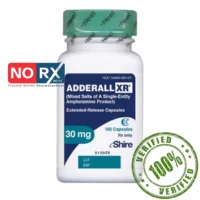







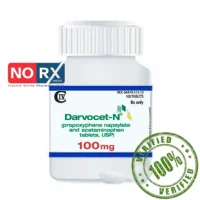
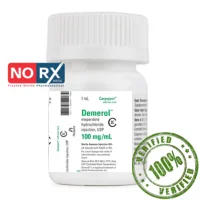

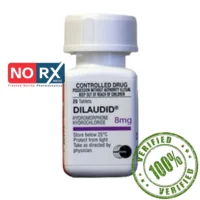

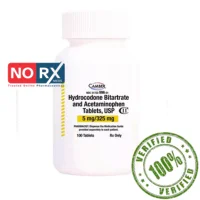
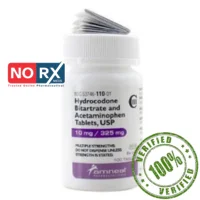



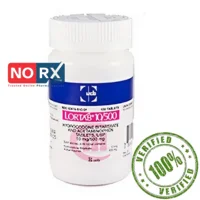
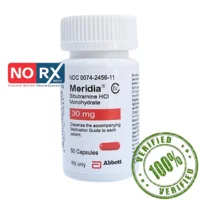
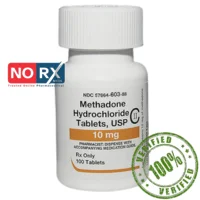
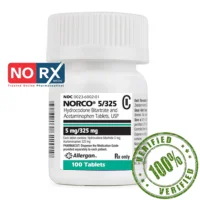


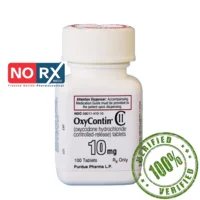






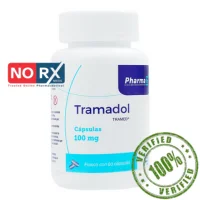





Leave a Reply